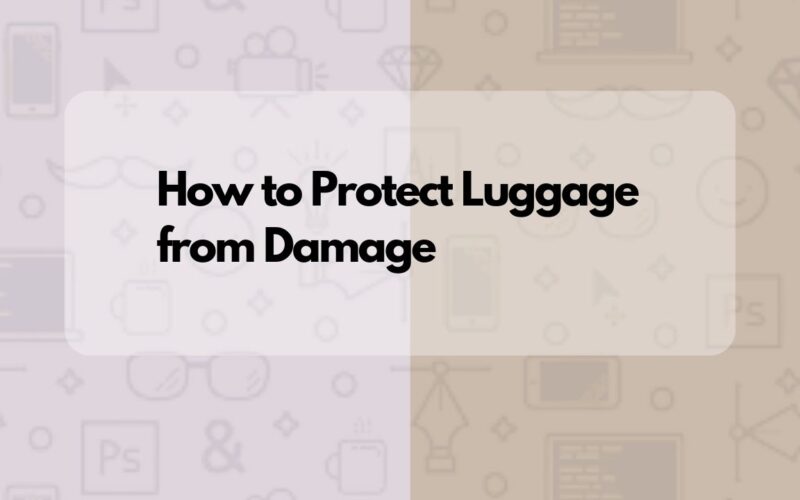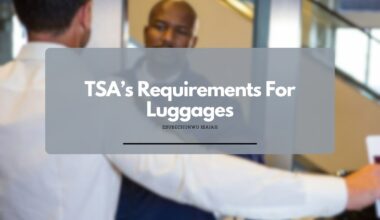As an Amazon Associate, I earn a small commission from qualifying purchases. Learn more about this.
Traveling soon? Whether it’s a weekend getaway or a month-long excursion, you’re going to need your luggage to be in one piece when you arrive.
And let’s face it, the journey from the airport conveyor belt to the back of a taxi can be a bumpy ride for our suitcases. Here’s a step-by-step guide to protecting your luggage from those unwelcome dents and scratches.
How to Protect Luggage from Damage
1. Choose the Right Luggage:
Picking the right suitcase is the cornerstone of luggage protection. Think of it like choosing the right car; it must suit your needs and be reliable.
Hard-Shell: Materials like polycarbonate offer a robust outer layer that resists impact.
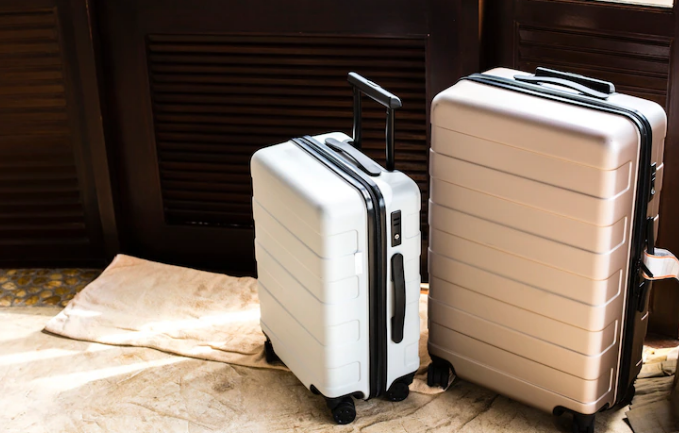
Soft Luggage: If you prefer something lighter, look for high-denier fabric, which indicates thickness and durability.
Quality Matters: Check for well-built handles, sturdy zippers, and solid wheels. Sometimes, paying a little more upfront saves a lot in the long run.
2. Pack with Precision:
How you organize your belongings can make a world of difference. It’s like fitting pieces into a puzzle.
Balance the Weight: Keep heavy items at the bottom, so the suitcase doesn’t topple.
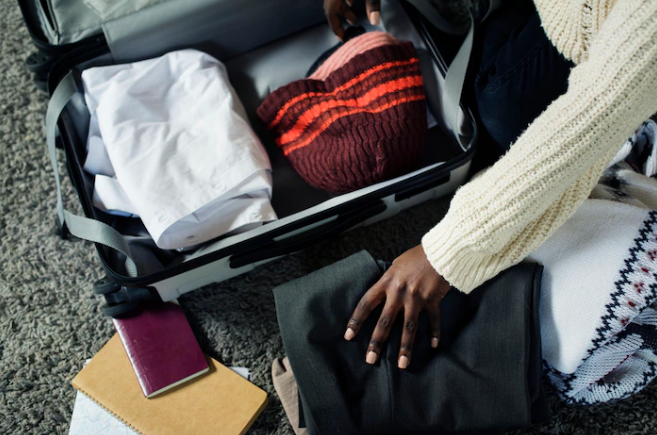
Use Dividers or Packing Cubes: Separate clothes, toiletries, and other essentials to avoid messy collisions.
Secure Fragile Items: Wrap them in clothing or bubble wrap and place them in the center, cushioned by softer items.
3. Use Protective Measures:
A few extra precautions can act like a safety net for your luggage.
Luggage Covers: Consider a snug-fitting cover that protects against scratches and stains.
Quality Locks: TSA-approved locks ensure that your suitcase stays closed and is easily accessible for security checks.
Fragile Tags: Although not foolproof, marking your luggage as fragile can signal handlers to be a bit more careful.
4. Regular Inspection and Maintenance:
Treat your suitcase like you would a car; regular check-ups can extend its life.
Before Travel: Inspect for any visible signs of wear or damage.
After Travel: Clean the zippers, check the wheels, and look for any repairs that might be needed.
How to Prevent Theft From Checked Luggage
There’s a certain vulnerability that comes with handing over your suitcase at the check-in counter. It’s out of sight, and you’re trusting others to handle it with care.
But the real concern goes beyond dents and scratches. It’s theft. Your personal belongings, carefully packed and zipped away, are now potential targets.
Now, before you start envisioning worst-case scenarios, let’s talk about prevention.
There are concrete steps that can help ensure your belongings stay right where they should be.
Firstly, locks. And not just any locks, but TSA-approved ones, especially when you stay in a country that requires them.
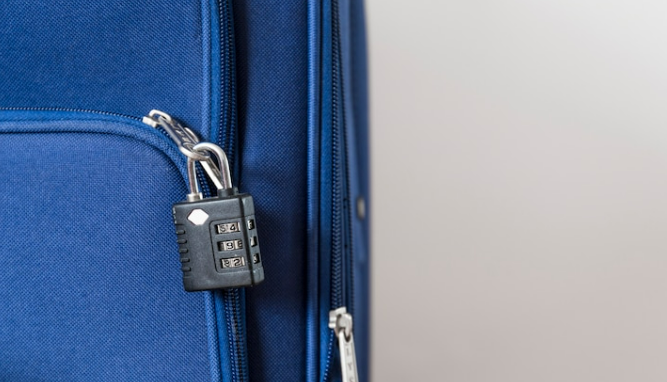
These unique locks enable airport security to open your luggage if they need to, without damaging the lock or suitcase.
It’s like having a special handshake with airport security; only they have the access they need, and would-be thieves are left out in the cold.
But prevention goes beyond locks.
You can make smart choices about what goes into your checked luggage. Leave valuables like jewelry or expensive electronics out of your checked bags. Carry them with you in your hand luggage. It’s a simple step, but one that can make all the difference.
Appearance matters too. An easily recognizable bag, perhaps with a bright tag or ribbon, can act as a subtle deterrent to thieves looking for an easy target. It’s less about fashion and more about making a statement: this bag is watched, known, and not to be trifled with.
Insurance is another layer to consider. Luggage insurance might seem like an unnecessary expense, but it’s a security blanket that can offer compensation if the unthinkable happens.
And finally, let’s talk about vigilance.
Keeping a mental or even photographic inventory of what you packed can be invaluable if something goes missing. Being aware and proactive doesn’t just help in recovery; it helps in prevention.
